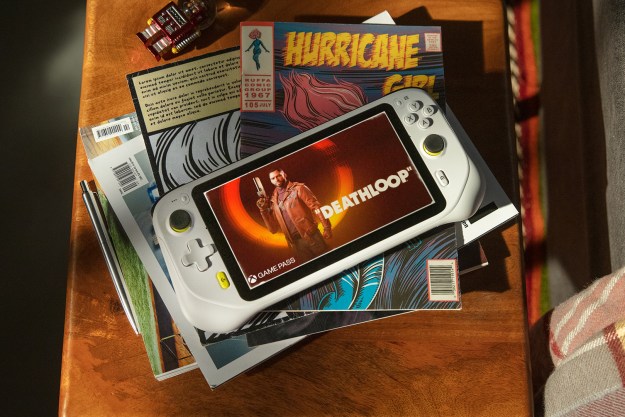In a collaboration that’s been in the works for some time, gaming accessory maker Logitech has partnered with luxury office chair brand Herman Miller to create the ultimate gaming chair. Want one? It’ll set you back $1,500.
While this is a crazy amount of money in general, it is par for the course for a Herman Miller chair. Even with the current discounts on its site, no chair it sells is under $600, with many over $1,000 and some that cost nearly $2,500.
When I recently mentioned my intention to get a new chair, most of the feedback advised picking up a used Herman Miller chair. With how many hours I spend at my desk writing and streaming, having a good chair is of the utmost importance.

An evolution of its already existing Embody chair, this seat has a few new bells and whistles geared specifically toward gaming. The chair has copper-infused cooling foam in its back support and seat cushion to help reduce your body temperature. Additional foam in the cushion helps keep you sitting upright. The seat can also be extended for additional support for the knees depending on each users needs.
The seat offers unparalleled customization for arm and back support. The arm rests can be swung wide to the sides or brought in tight for laptop usage. They can even be lowered to cushion level for gamers who prefer to not even have them. The back support can be tweaked for your specific spinal needs, and is designed to replicate your posture while standing, which is scientifically the best thing for your spine.
While many gaming chairs look like they were ripped right out of the front of a racing car, Logitech and Herman Miller are releasing a unique option with a focus on comfort and making sure that a player’s health is at the forefront of their design philosophy. Unfortunately, the price tag will prohibit many gamers from being able to experience this for themselves.
Editors' Recommendations
- League of Legends publisher Riot Games lays off over 500 employees, shutters Riot Forge
- Hideo Kojima’s next game is a creepy collaboration with Jordan Peele
- You can get a month of Xbox Game Pass for $1 right now
- You can sit in a Porsche (gaming) chair every day for $2,500
- This gaming chair makes your butt a part of the action




